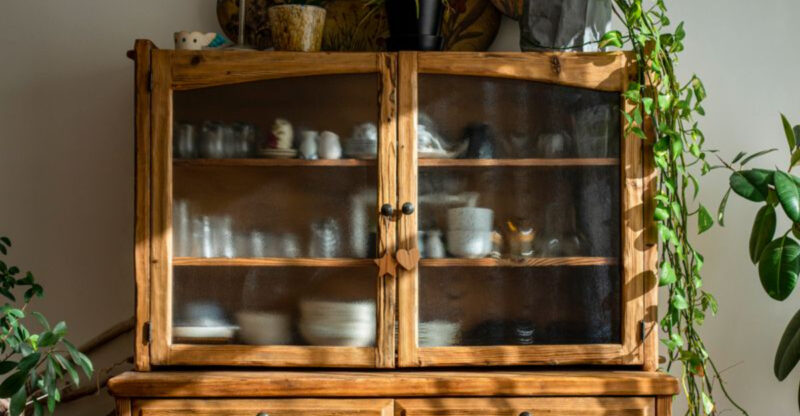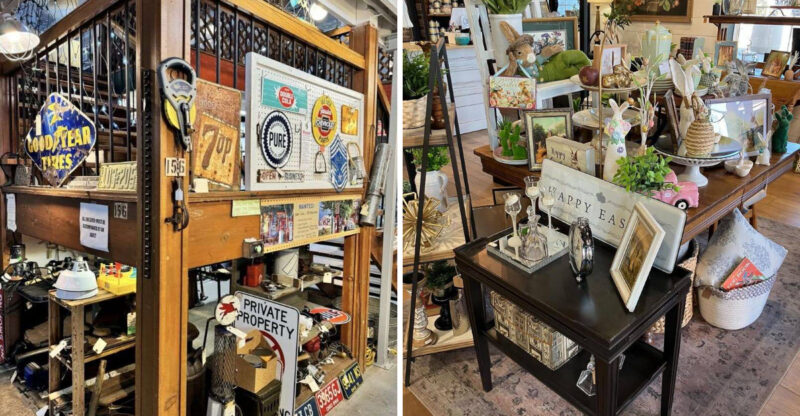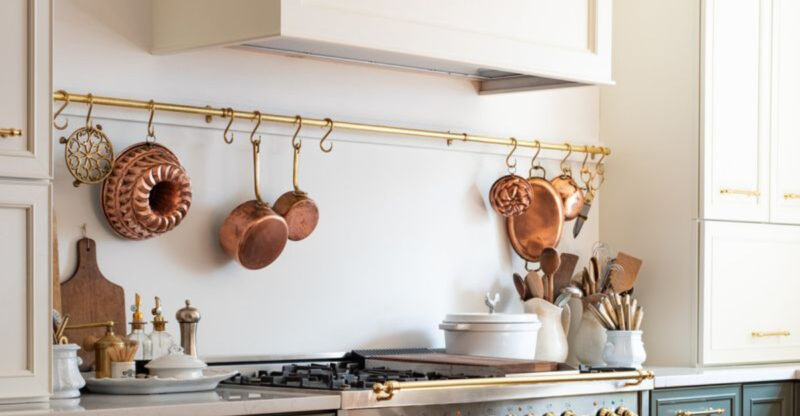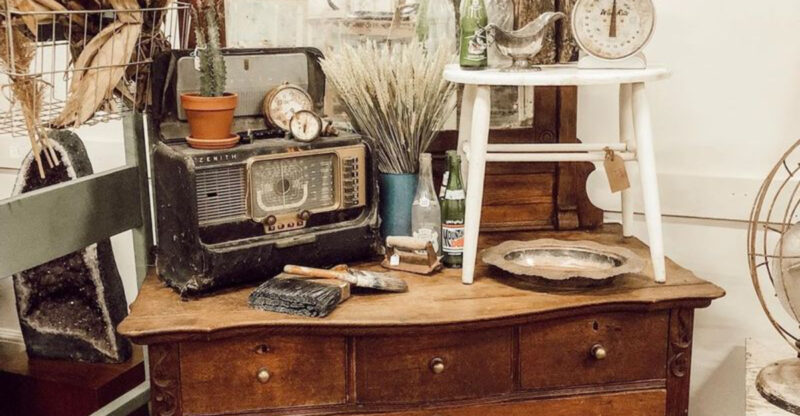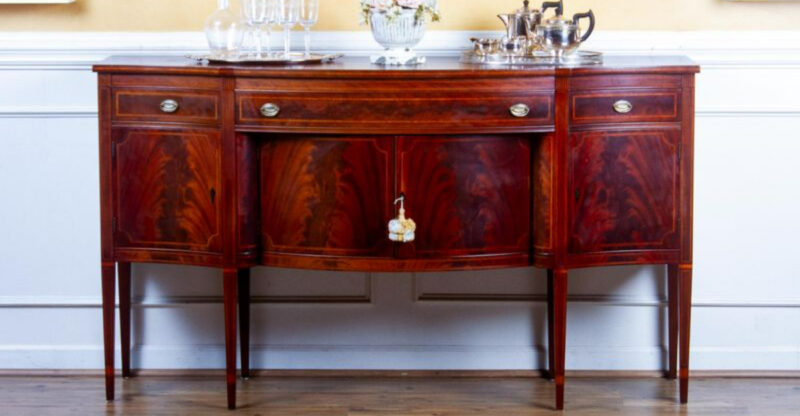8 Antique Pieces That’ll Increase In Value In 2025 And 8 That Will Decrease
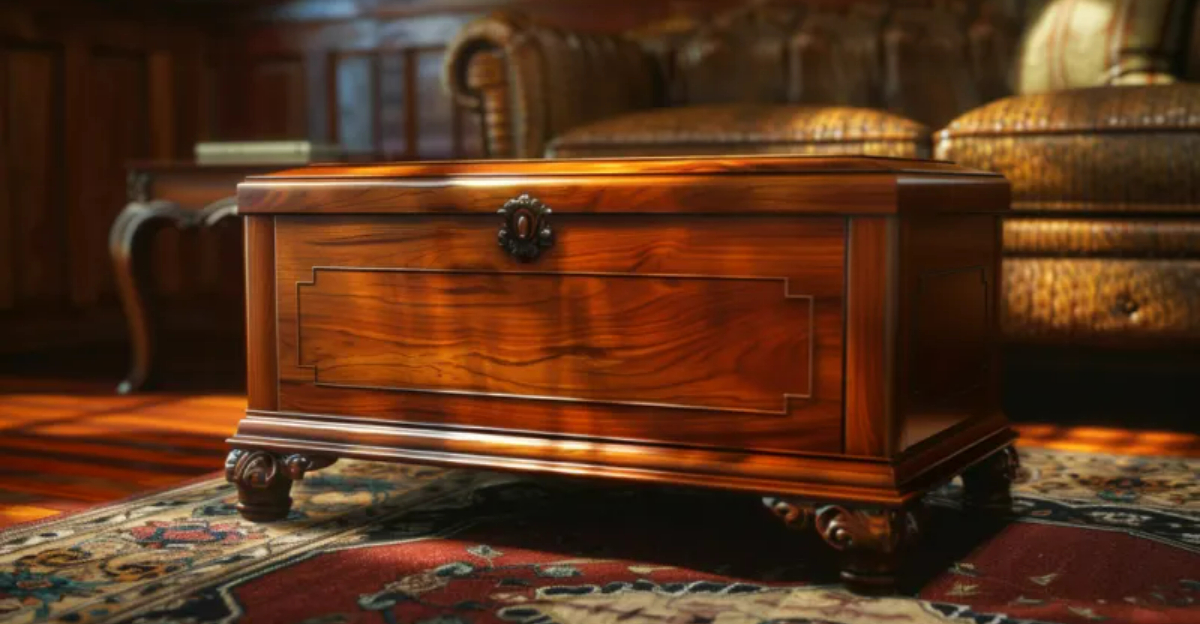
The world of antiques can be a treasure trove for savvy collectors and a financial sinkhole for the uninformed.
I’ve spent years tracking which vintage items hold their worth and which ones fizzle out. As we look ahead to 2025, clear patterns are emerging about which antiques will appreciate and which will leave you with buyer’s remorse.
Let me share my insights on the winners and losers in tomorrow’s antique market.
1. Mid-century Modern Furniture: The Timeless Investment
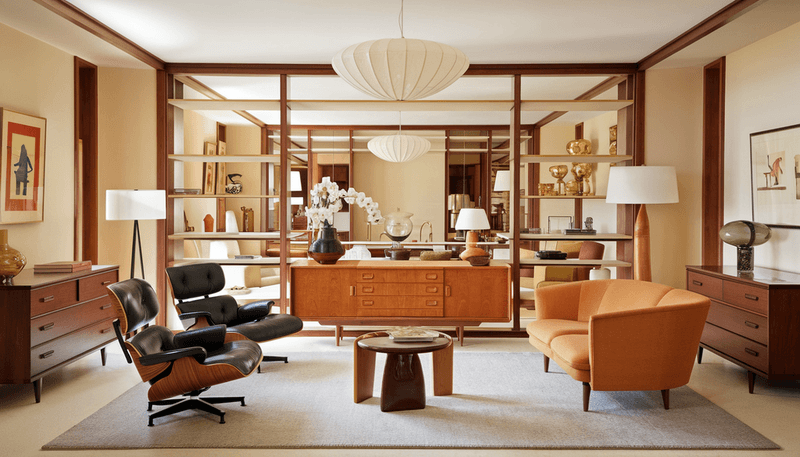
The clean lines and functional design of mid-century modern pieces continue to captivate new generations of collectors. I’ve watched prices climb steadily for authentic pieces by designers like Eames and Knoll. What makes these items particularly valuable is their versatility in contemporary homes.
Unlike purely decorative antiques, these pieces serve a purpose while making a style statement. Look for original maker’s marks and avoid reproductions. The market particularly values teak credenzas, molded plywood chairs, and statement coffee tables in excellent condition.
2. Art Deco Lighting: Illuminating Profits
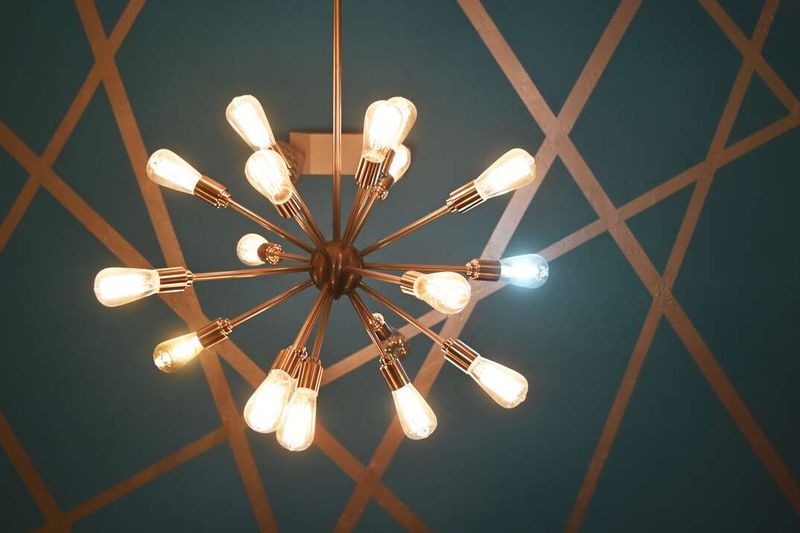
The glamorous era of Art Deco has never truly faded from design consciousness. Original lighting fixtures from this period have become the crown jewels of interior design, with values steadily climbing. The combination of artistic merit and functional beauty makes these pieces particularly desirable.
Geometric patterns, frosted glass, and chrome or brass details are hallmarks of valuable Art Deco lighting. Scarcity plays a huge role here – many pieces were lost or damaged over decades, making intact examples increasingly rare and valuable.
3. Vintage Persian Rugs: Woven Gold

Hand-knotted Persian rugs represent centuries of craftsmanship that modern manufacturing simply cannot replicate. The market for these textiles has remained remarkably resilient, with exceptional pieces appreciating like fine art.
Colors tell the story of authenticity – natural dyes develop a beautiful patina over time while synthetic colors can fade unevenly. The density of knots per square inch often indicates quality and value. Provenance matters enormously with these pieces.
Rugs from specific regions like Tabriz, Isfahan, and Heriz command premium prices and will continue appreciating.
4. Handcrafted Wooden Chests: Locked-in Value

Artisan-made wooden chests have surged in popularity as collectors recognize their dual value as functional storage and decorative statements. The craftsmanship in these pieces often includes hand-carved details, dovetail joints, and secret compartments. Age doesn’t automatically equal value, though.
The quality of wood, uniqueness of design, and condition matter more than just years. Sea chests, campaign furniture, and Asian-influenced designs are particularly sought after. Original hardware and unaltered finishes significantly boost value. I’ve seen pristine examples double in price over just five years.
5. Classic Porcelain Figurines: Small Treasures, Big Returns
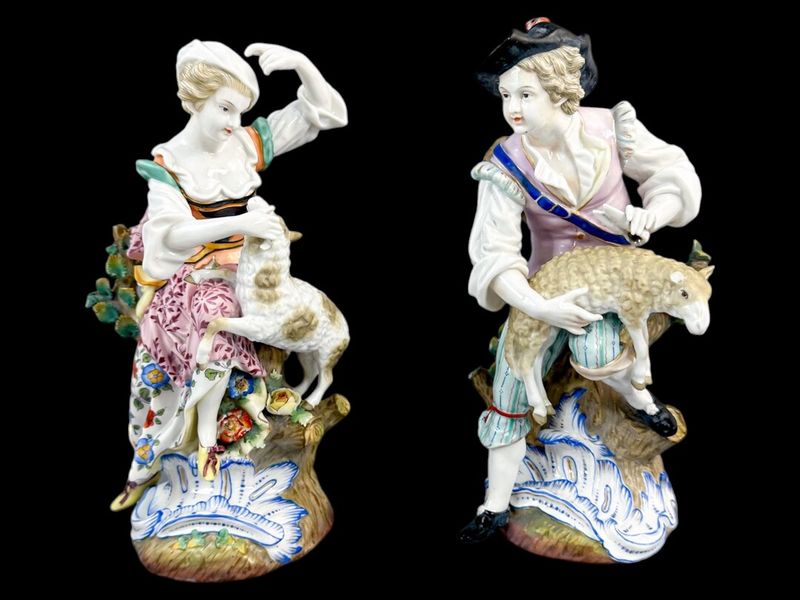
Contrary to what some might think, select porcelain figurines from prestigious makers are experiencing a renaissance among collectors. Meissen, Royal Copenhagen, and early Lladró pieces have shown remarkable price stability with upward momentum. Condition is absolutely critical with these delicate items.
A tiny chip or repair can slash value by 50% or more. Figurines depicting rare subjects or limited production runs command the highest prices. Authenticity marks and signatures are essential for investment-grade pieces. The craftsmanship in these miniature sculptures represents a dying art that modern production cannot match.
6. Antique Brass Lamps: Bright Investment Future
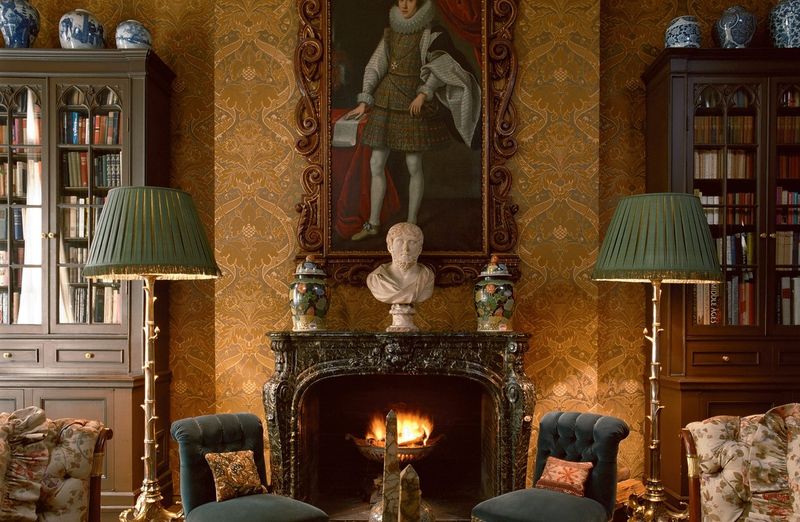
Quality brass lamps from the late 19th and early 20th centuries have quietly become solid investments. The substantial weight and detailed craftsmanship of these pieces stand in stark contrast to today’s mass-produced lighting. Original wiring should always be replaced for safety, but this doesn’t diminish value.
The patina on brass develops character over decades that modern manufacturers try but fail to replicate. Student lamps, bouillotte styles, and those with original glass shades are particularly desirable. The warm glow these pieces cast creates an ambiance that modern lighting cannot match.
7. Victorian Mirrors: Reflecting Growing Value
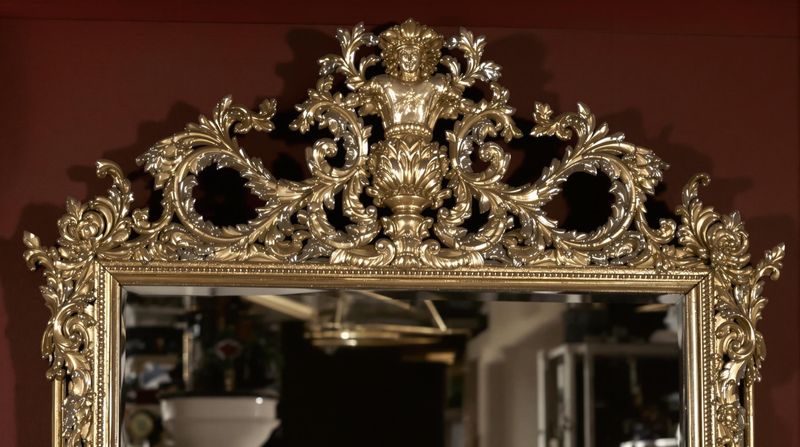
Victorian-era mirrors combine functional purpose with extraordinary decorative appeal. The craftsmanship in their frames often features hand-carved details that would be prohibitively expensive to produce today. Original mercury glass develops a distinctive patina that collectors prize. This authentic aging cannot be faked, making genuine examples increasingly valuable.
The ornate gilded frames require specialized restoration skills that few modern craftspeople possess. Provenance adds significant value – mirrors from notable homes or with documented history command premium prices. Their architectural presence makes them statement pieces in contemporary interiors.
8. Retro Bar Carts: Rolling Toward Profit

Mid-century bar carts have become the darlings of interior design, with original examples from the 1950s and 60s fetching impressive prices. Their practicality combined with distinctive style makes them relevant to contemporary entertaining. Brass and glass combinations tend to hold value best.
The craftsmanship details matter – quality casters, removable trays, and special features like built-in ice buckets all increase desirability. Condition is paramount since these pieces were meant for use. Signs of genuine age are acceptable, but structural integrity must be perfect for maximum value.
9. Overly Ornate Victorian Furniture: Fading Grandeur
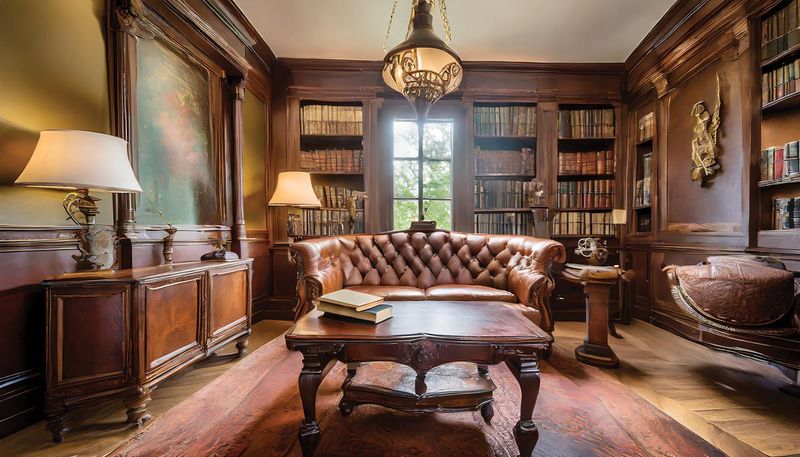
Those massive, dark Victorian pieces that dominated grandma’s house are rapidly losing market appeal. Modern homes simply lack the space for these oversized items, and their heavy, ornate styling clashes with contemporary aesthetics. Maintenance costs are another factor driving down values.
Proper restoration of intricate carvings and damaged veneer requires specialized skills that come with hefty price tags. Even perfect examples of heavily carved Victorian sideboards and bedroom sets have seen values plummet by 40% in recent years. This downward trend shows no signs of reversing.
10. Mass-Produced Ceramic Knickknacks: Collectible Casualties
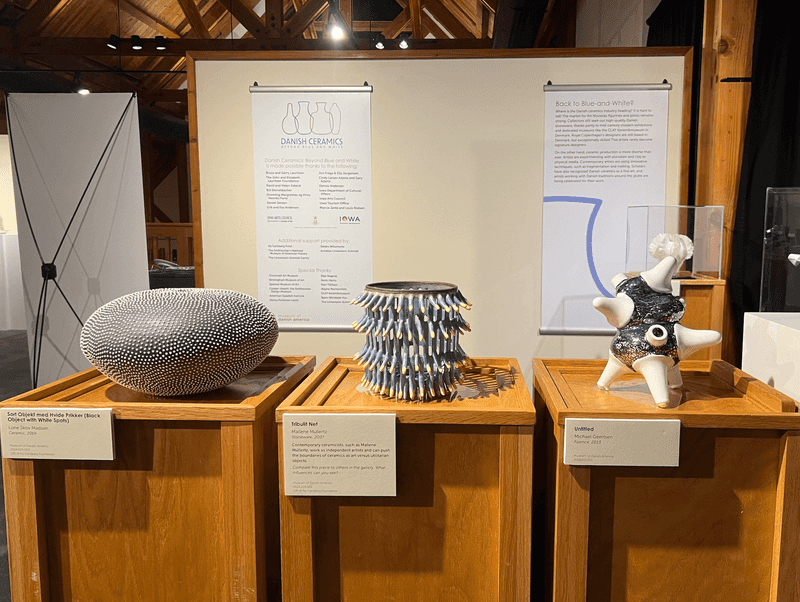
Remember those cute ceramic figurines that everyone’s aunt collected? The market is absolutely flooded with them now as entire generations downsize. Mass-produced ceramics from companies like Hummel, Precious Moments, and later Lladró editions have seen values collapse. Sentimentality doesn’t translate to monetary value when supply vastly exceeds demand.
Even limited editions aren’t immune – many were produced in such large numbers that they’re hardly rare. Secondary market prices have dropped so dramatically that many pieces now sell for less than 10% of their original retail price. This market sector will continue declining through 2025.
11. Faded Tapestry Wall Hangings: Unraveling Value

Those once-popular decorative tapestries depicting hunting scenes or pastoral landscapes have fallen dramatically from favor. Modern interior design emphasizes clean lines and personal expression through art rather than generic decorative textiles. Condition issues plague many surviving examples.
Sunlight damage, dust accumulation, and improper hanging have left many pieces faded and structurally compromised. Only museum-quality, historically significant tapestries retain value. The mass-produced decorative versions from the 1960s-90s are virtually worthless and will continue declining as tastes evolve away from formal, traditional decor.
12. Plastic Decorative Items from the 80s: Melting Values

The plastic decorative boom of the 1980s produced countless items that haven’t aged well. These pieces lack the craftsmanship and material quality that creates lasting value in the antiques market. Environmental concerns have further diminished appeal.
As sustainability becomes increasingly important to younger collectors, petroleum-based decorative items face growing stigma. Degradation is another major issue – many plastic items yellow, become brittle, or warp over time. Unlike wood or metal antiques that develop attractive patinas, plastic simply deteriorates in ways that cannot be restored.
13. Old Rugs Of Poor Quality Or Damaged
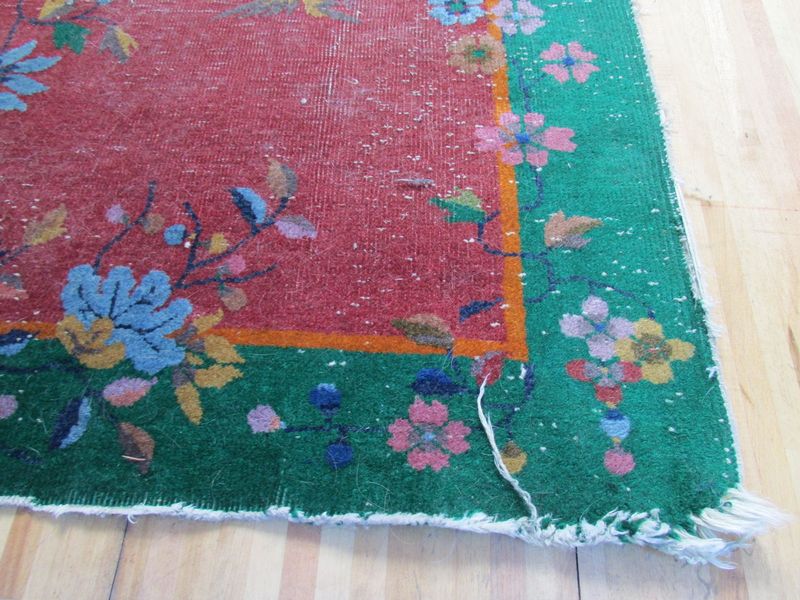
Old rugs that show wear or damage often lose their value quickly. Poor quality materials can cause colors to fade and fibers to weaken over time.
Tears, holes, and stains make these rugs less desirable for collectors or home use. Sometimes, fixing them costs more than they’re worth. Have you ever wondered if a worn rug is worth saving or better to replace?
14. Worn-out Lace Doilies: Unraveling Market
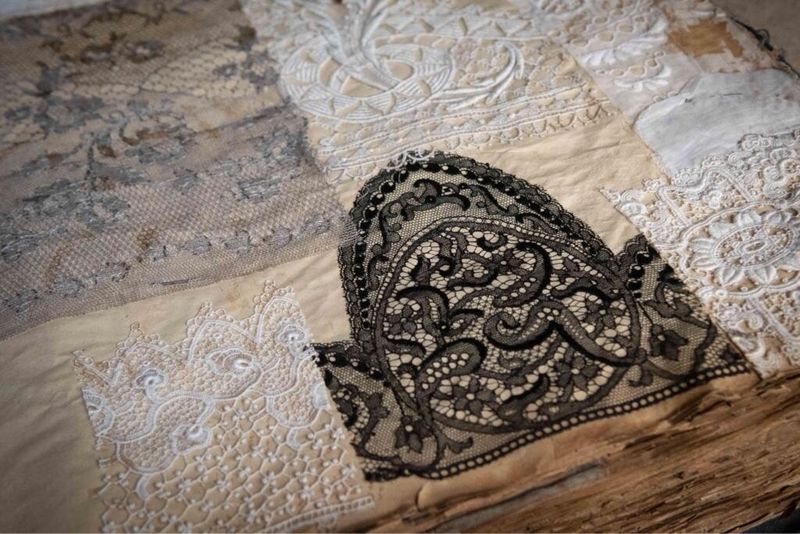
Handmade lace doilies once represented countless hours of skilled needlework. Today, they’ve become symbols of outdated decorating styles with rapidly diminishing market value. Functional obsolescence is the primary issue. Modern homes simply don’t incorporate these items into their design schemes.
Even vintage enthusiasts typically seek statement pieces rather than small textiles. Condition problems plague most surviving examples – yellowing, staining, and tears are common. Only museum-quality examples or those with documented historical significance maintain value, while ordinary pieces continue their price decline.
15. Tacky Novelty Clocks: Time’s Up

Remember those singing fish clocks and novelty timepieces that seemed so amusing in the 1990s? Their moment has definitely passed. Novelty clocks with dated themes or pop culture references have virtually no resale value in today’s market. Mechanical issues compound their decline.
Battery compartments corrode, motors fail, and plastic components break down. Unlike quality antique clocks that justify restoration costs, these items aren’t worth repairing. Even kitsch collectors have become more selective, focusing on items with artistic merit or historical significance rather than mass-produced novelties that were never designed to last.
16. Outdated Floral Print Sofas: Wilting Worth
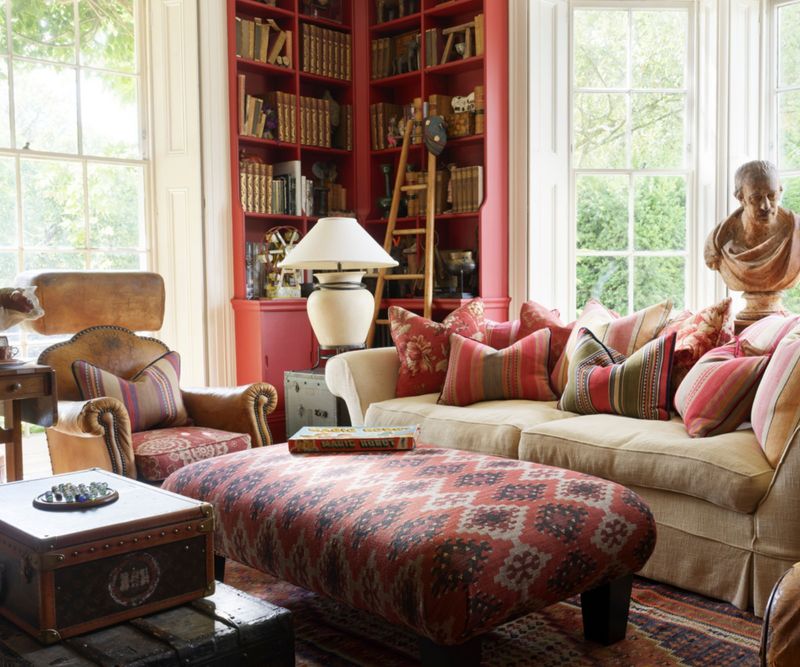
Heavy floral-patterned upholstered furniture from the 1980s and 90s has become virtually impossible to sell at any price. These pieces represent a specific decorating era that has fallen dramatically out of favor with contemporary homeowners. Size is a major factor in their decline.
Many older sofas were designed for formal living rooms in larger homes, making them impractical for today’s living spaces. Health concerns about dust mites and allergens in older upholstery further diminish appeal. Reupholstering costs far exceed the value of these pieces, creating a perfect storm of declining worth that will continue through 2025.


